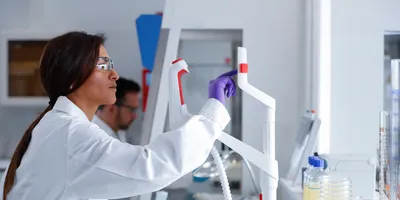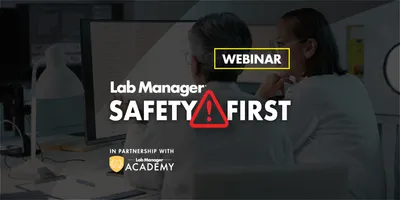Effective documentation practices are a foundation of any lab quality process. Dan Zuccarello, the subject matter expert and key instructor of the Lab Manager Academy’s lab quality management certificate says, “The field of documentation, as it relates to the operation and activities of today’s lab is to organize, capture, and retain the critical evidence that an event has occurred." The data and documents related to lab work are vital to review results, complete audits, address stakeholder complaints, and for the lab to complete organizational learning. One tool that improves lab documentation practices is ALCOA++. We’ll discuss each of its components below.
Attributable
A key element of documentation is to know exactly who performed the work and has tacit knowledge around the details of the activity. In some cases, the work may be done by more than a single individual. In this case, the documentation must include who did which pieces and how they coordinated their actions to produce the whole. The individuals involved know the why, when, what, and how of the actions.
Legible
The documentation must be readable, clear, and understandable. Any handwritten documentation must be written in a readable way that enables others to decipher and understand it. The information also needs to be complete.
Contemporaneous
Good documentation is completed at the time the work activity is completed. It is documenting the details of the lab work, ensuring that nothing is lost to fuzzy memories or distractions. One of the key benefits of digital notebooks is that entries are time-stamped, which provides a clearer understanding of the timeliness of the documentation.
Original
The information documented must be the original work of the person who completed it. There can be no loss of content due to translation, whisper down the lane, or the motivations of others. Even if there are mistakes or errors in the content, those can be corrected and updated, without being lost, and signed off by the scientist doing the work.
Accurate
The documented content must be a true representation of the work that was done. It must contain sufficient information for another scientist to understand the activity, the outcome, and be able to repeat the work if needed. It is helpful if context around the lab work is included to help others better understand the order of actions, materials used, methods followed, and observations of results.
ALCOA+
The original ALCOA approach to documentation has been updated and expanded. As ALCOA+, it was expanded to include:
- Complete: all data is captured.
- Consistent: the data follows the activity in an expected sequence without gaps.
- Enduring: the documentation is recorded in a long-lasting medium.
- Available: the data is readily accessible to others who may benefit from reviewing it.
ALCOA++
The second significant update to this good documentation process is denoted as ALCOA++. The second + adds data integrity principles across the data life cycle:
- Accountability: designates clear responsibilities for data integrity.
- Data governance: provides strict frameworks to manage data security, integrity, and accessibility.
Developing a strong documentation process based on the principles of ALCOA++ will enable the lab to provide confidence to stakeholders that the data and content are specific, useful, and secure. Good documentation is valuable to the lab to understand its work, deliver to stakeholders, and be compliant with regulatory requirements.
Embark on a transformative journey in lab management with the Lab Quality Management Certificate program from Lab Manager Academy. We understand the challenges you face in driving productivity and exceeding goals, and we're here to support you every step of the way. Our program empowers you to overcome resistance to change, nurture a culture of quality, and drive improvement within your lab, all while fostering a culture of warmth and collaboration. Embrace generative leadership and the valuable insights of diverse voices as you guide your lab toward enduring success. Your lab's brighter future starts right here, and we're excited to be part of your journey. Discover more about the Lab Quality Management Certificate program here.












